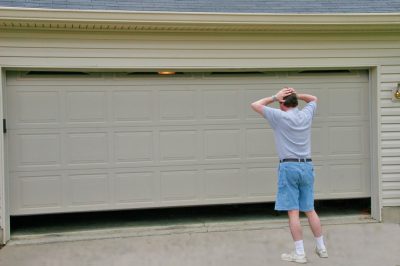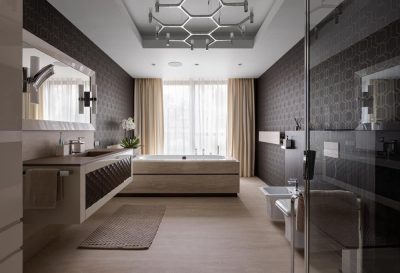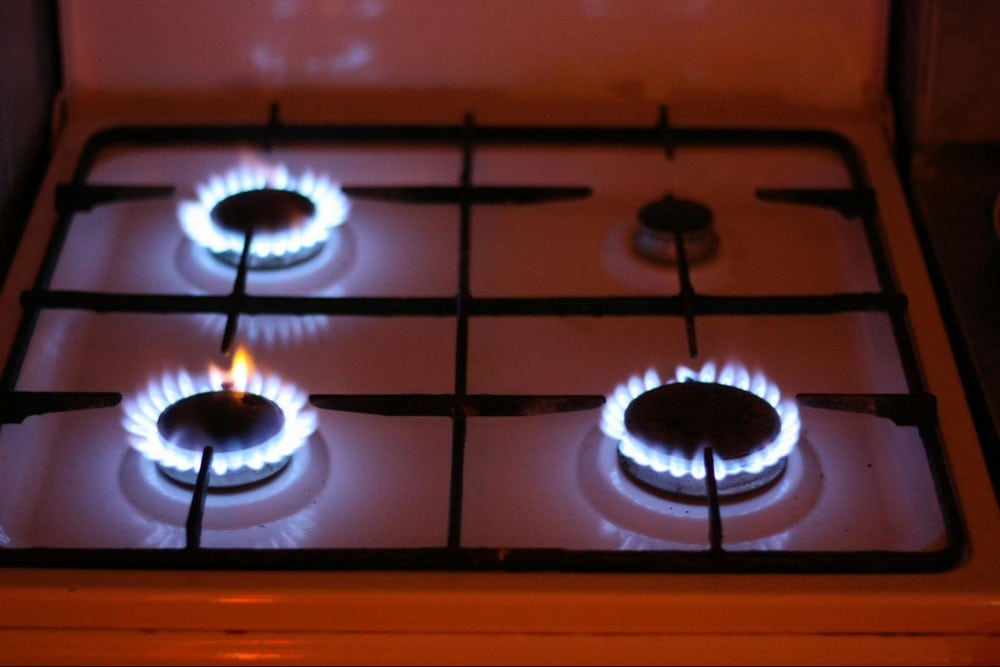
Choosing a cooktop isn’t just about upgrading your kitchen, it’s about how you live, cook, and even entertain. Whether you’re renovating or replacing an old appliance, these cooktops remain a popular choice for many home cooks thanks to their responsiveness and traditional feel. But not all cooktops are created equal, and with so many options out there, it helps to know what to look for before making that final decision.
Why Gas Cooktops Still Make Sense
There’s something undeniably satisfying about the control and immediacy of cooking with flame. Gas cooktops continue to be favored by both seasoned chefs and casual home cooks who value the tactile feedback and visual cues of open-flame cooking. For many, it’s the way the flame wraps around the pan, the ability to quickly change heat levels, and the resilience during power outages that make gas an attractive choice.
But with evolving kitchen technology and shifting lifestyles, today’s consumers are also looking for cooktops that offer more than just heat. Features like safety locks, precise simmer settings, and easy-clean surfaces are now just as important as the number of burners.
Understand Your Cooking Habits First
Don’t get caught up in product specs and glossy finishes first. Step back and think about how you really cook. Do you do simultaneous juggling of multiple dishes? Or do you do one-pan meals and Saturday pastas? Your cooking habits can make a difference in whether a space-saving two-burner will cut it or whether you’ll need a wider five-burner configuration.
Consider the size and type of cookware you will be using, as well. Woks and large pots require greater space between burners, while small saucepans are satisfactory with close spacing. This personal inspection leads you to a cooktop size and configuration that actually suits your requirements, not merely what appears desirable in the showroom.
Key Features Worth Paying Attention To
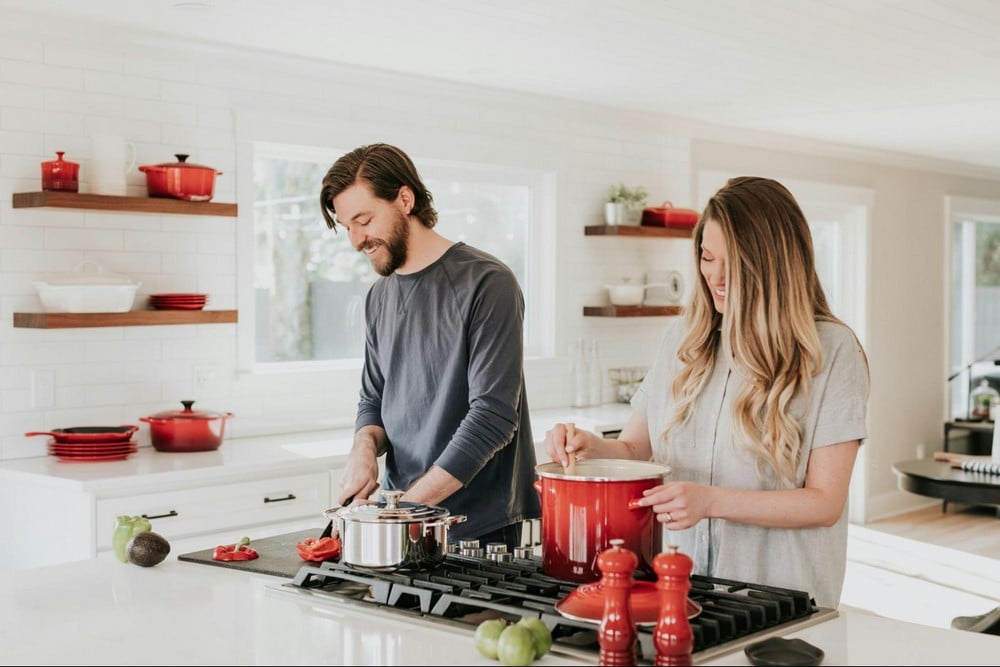
New gas cooktops are more than knobs and burners. These are some useful features to watch out for:
1. Flame Control and Burner Variety
Opt for models that have various levels of heat output, ranging from quick boil burners to low simmer. Having a powerful wok burner can be a lifesaver if you stir-fry often, and low-flame control is perfect for reducing sensitive sauces and melting chocolate.
2. Ease of Cleaning
Let’s be real: cooking messes up the kitchen. Look for a cooktop with removable burner caps and sealed burners to help keep food from getting stuck. Smooth stainless steel or tempered glass surfaces are also easier to wipe down after those spontaneous weeknight meals.
3. Ignition System
Most contemporary options feature electronic ignition systems, but not every one is equal. Look for models that light with reliability and re-light automatically if the flame is extinguished, an underappreciated but useful safety feature.
4. Pan Support Design
The supports, or trivets, are where your pots and pans sit. Long, continuous cast iron supports make it simple to push cookware from one burner to the next, while single trivets may be a bit simpler to take out and clean. This is usually up to individual preference.
5. Safety Features
If you have children in the house or simply prefer to have peace of mind, consider features such as flame failure devices (which shut off gas supply if the flame is extinguished) and control knob locks. These little things can go a long way in repeated usage.
Installation Matters More Than You Think
It’s tempting to focus solely on features and finishes, but proper installation is just as critical. It must be installed by a licensed professional, and the dimensions of your benchtop cutout need to match the cooktop precisely. Ventilation is another key factor; while these cooktops don’t require a full range hood, adequate airflow keeps your kitchen safe and comfortable.
Also, pay attention to where your gas line is positioned. It will be very costly to retrofit a new line or heavily modify cabinetry, so something to consider in your overall budget.
Balancing Looks with Lifestyle
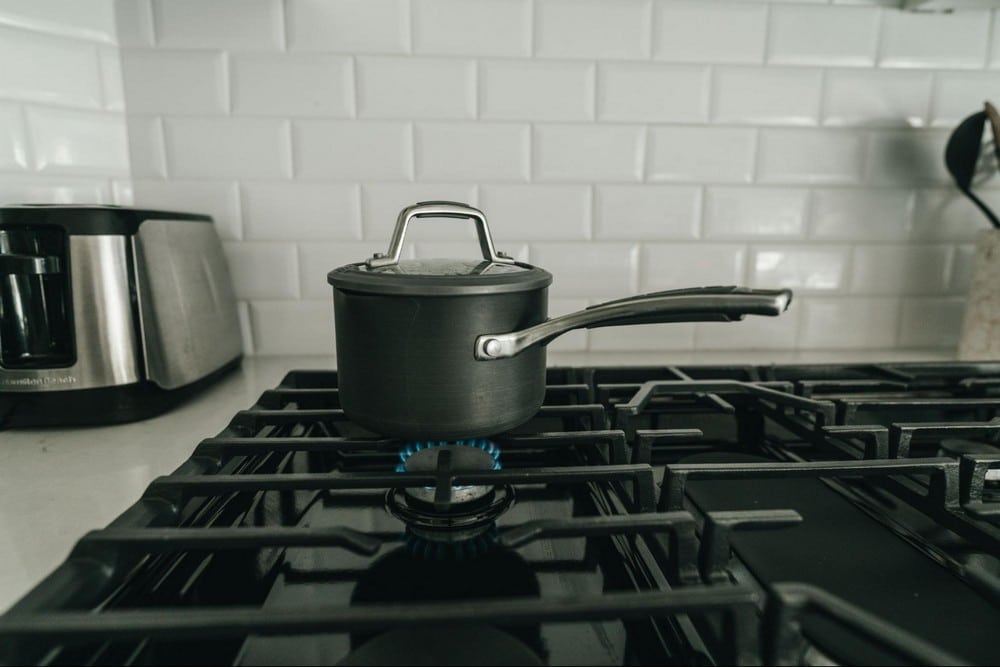
While functionality should lead the way, design still plays a significant role in choosing a cooktop. A sleek, minimalist glass cooktop may appeal to modern tastes, while a classic stainless steel model might better suit traditional kitchens. Think about how your cooktop will fit with your existing appliances and overall aesthetic.
Also, don’t underestimate the emotional value of a cooktop that makes you want to cook more often. User-friendly controls, a layout that feels intuitive, and even small design details can enhance your time in the kitchen, something that can’t always be measured in watts or BTUs.
Future-Proofing Your Kitchen
More consumers are now thinking long-term when it comes to appliance purchases. If you plan on switching to a hybrid or fully electric system in the future, it’s worth considering modular cooktop designs or mixed-fuel options. Some brands even offer combination setups where you can integrate gas and induction zones in one configuration deal for families with varied cooking needs.
It’s About More Than Heat
At the end of the day, buying a gas cooktop isn’t just about specs and price points; it’s about how well it fits into your life. Consider how it supports your daily routines, your cooking experiments, and even your lazy evenings reheating leftovers. The best cooktop isn’t necessarily the most expensive or feature-heavy one; it’s the one that makes you feel more at home in your own kitchen.
So, whether you’re renovating a forever home or upgrading a rental space, take the time to explore what’s out there. Talk to other home cooks, visit showrooms if you can, and trust your instincts. After all, a great meal often starts with the right flame.

